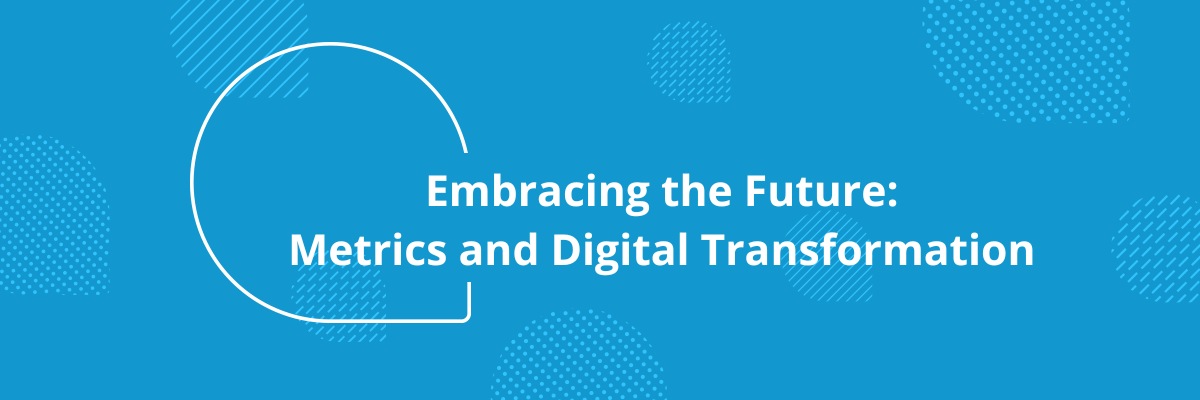In 2023, the importance of real-time metrics in Accounts Payable (AP) has escalated, as they provide key insights to drive continuous improvement and informed decision-making.
According to Ardent Partners' Accounts Payable Metrics that Matter in 2023 research, two-thirds of all businesses now view AP as highly valuable, double the number from six years ago. This highlights the impact a proactive AP team can have on supply chain resilience, working capital, and the bottom line.
However, challenges due to paper-based processes persist, causing long approval times, a high number of exceptions, and late payments. Based on research, only 52% of invoices are electronic, and just 60% of B2B payments are made digitally, indicating the potential for increased efficiency through digital transformation.
AP leaders continue to prioritize digital initiatives, like AP automation and promoting supplier electronic invoicing submission. There is growing recognition of AP as a strategic intelligence hub, with 71% of AP leaders believing that smarter systems can improve AP performance.
The average costs in 2023 to process a single invoice and payment are $10.18 and $8.93 respectively, underscoring the need for improved efficiency. Despite AP's impact on cash flow, liquidity, and supplier relationships, 22% of AP groups lack a defined payment strategy.
Adoption of ePayables technology is increasing slowly. While automation can reduce costs by 40% to 90%, many AP teams are not fully automated. Nevertheless, many plan to adopt ePayables technology in the next two years.
In short, as we move into a more data-driven era, AP teams are poised to leverage transactional data to improve operations, make informed financial decisions, and enhance supplier relationships.




